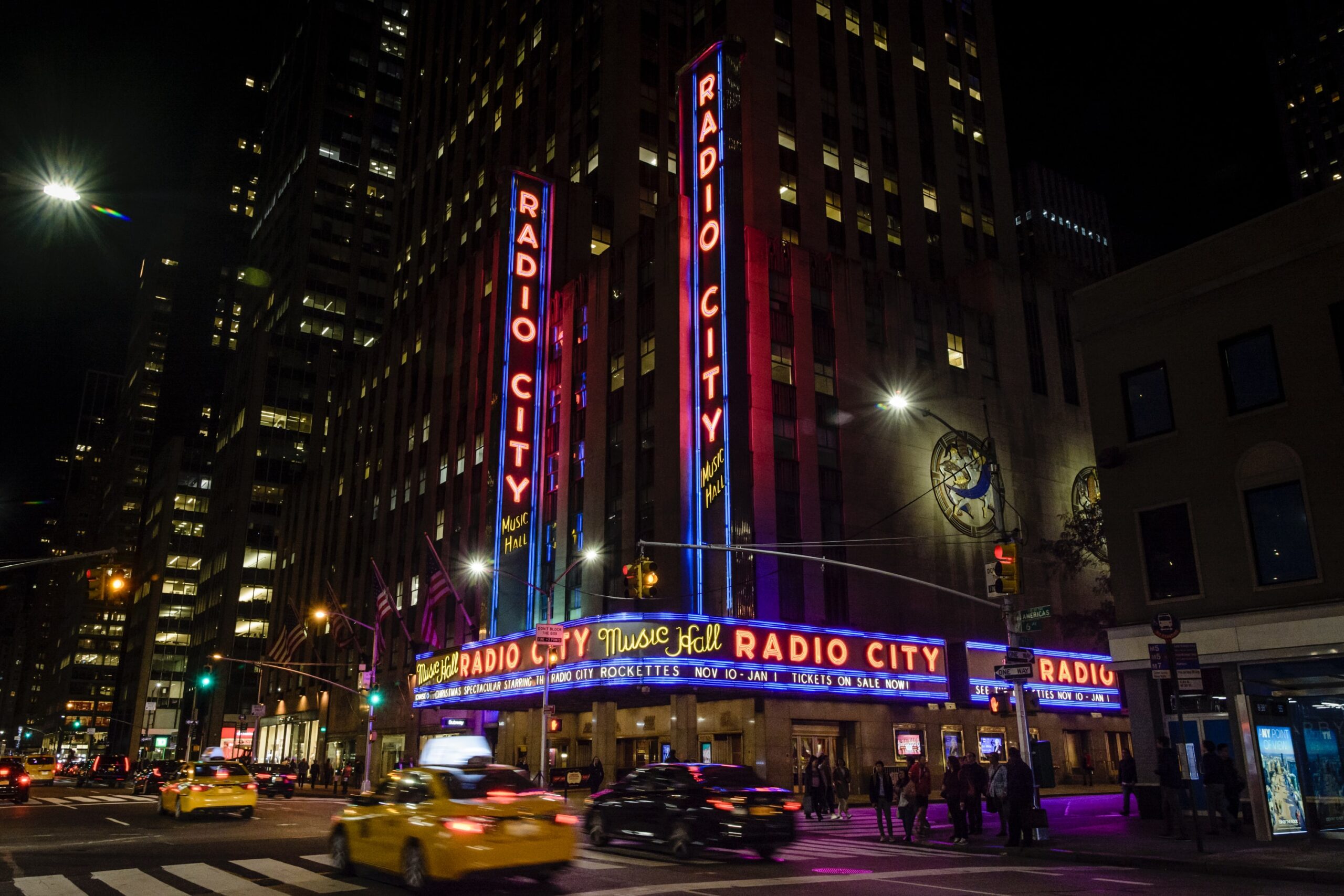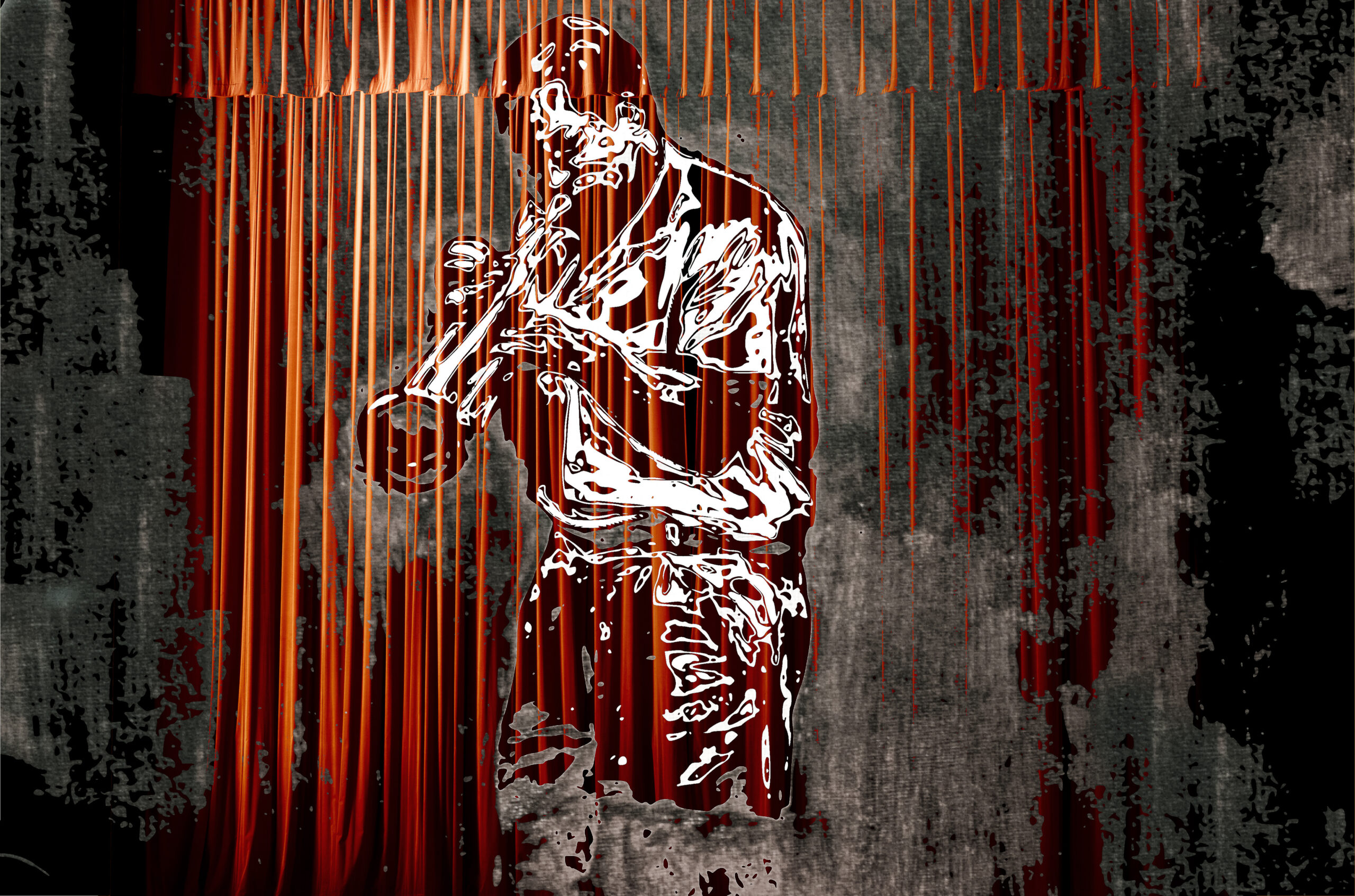Ringing in a Jazzy New Years
Jazz music has a long and storied history, with its roots tracing back to the late 19th and early 20th centuries in the United States. It has evolved over time, incorporating a wide range of influences and styles, and has had a profound impact on popular culture around the world.
One of the key events in the history of jazz is the emergence of “jazz age” in the 1920s, which saw the rise of popular jazz musicians such as Louis Armstrong and Duke Ellington. These musicians helped to popularize jazz and bring it to mainstream audiences, and their influence can still be felt today.
Jazz has also played an important role on New Year’s Eve, with many people turning to jazz music to help ring in the new year. From jazz clubs and dance halls to television and radio broadcasts, jazz has been a staple of New Year’s Eve celebrations for decades.
One of the reasons that jazz has remained so popular on New Year’s Eve is its ability to evoke a sense of excitement and celebration. The fast tempo and improvisational nature of jazz music make it the perfect accompaniment to the festive atmosphere of the holiday.
In addition to its role in New Year’s Eve celebrations, jazz has also had a lasting influence on other genres of music. Many modern artists, from pop and rock to hip hop and electronic, have incorporated elements of jazz into their music, helping to keep the genre alive and relevant for new generations of listeners.
Overall, jazz has a rich and varied history, and its influence can still be felt today, particularly on New Year’s Eve. Whether you’re dancing the night away in a jazz club or enjoying the sounds of a jazz band on the radio, there’s no denying that jazz is an integral part of the celebration of the start of a new year.
You can ring in the new year by listening to Night is Alive’s new album, Call Me Irresponsible, celebrating the Jazz of Jimmy Van Heusen.
Listen to the entire album on YouTube or on any of the major Streaming Services.


